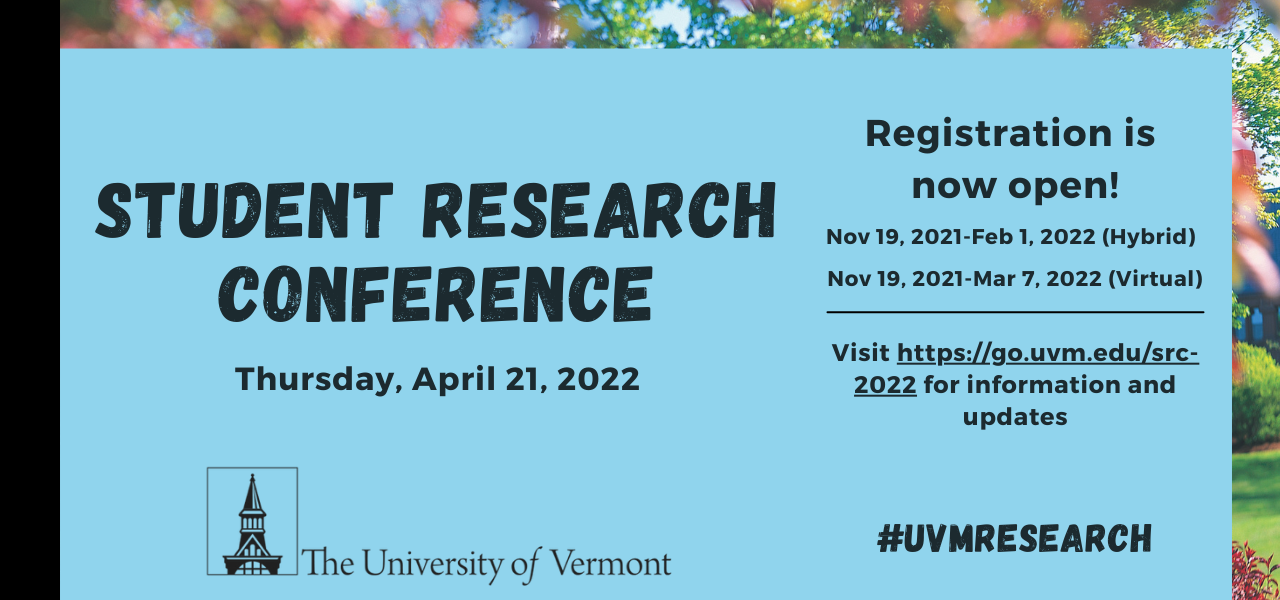Surveillance of Vermont wildlife in 2022 reveals no detected SARS-CoV-2 viral RNA
Abstract
We investigated the presence of SARS-CoV-2 in wildlife within the state of Vermont. 728 nasal or throat samples were collected from across the state from species including foxes, fishers, otters, coyotes, bobcats, bears, and white-tailed deer. Samples were tested for the presence of SARS-CoV-2 via quantitative RT-PCR. Our results indicate that none of the wildlife within this data set were positive for SARS-CoV-2. These results were surprising, given that most results published so far in North America have found infectivity results upwards of 20% within white-tailed deer populations and opens future questions about transmission within these species.
Surveillance of Vermont wildlife in 2022 reveals no detected SARS-CoV-2 viral RNA
We investigated the presence of SARS-CoV-2 in wildlife within the state of Vermont. 728 nasal or throat samples were collected from across the state from species including foxes, fishers, otters, coyotes, bobcats, bears, and white-tailed deer. Samples were tested for the presence of SARS-CoV-2 via quantitative RT-PCR. Our results indicate that none of the wildlife within this data set were positive for SARS-CoV-2. These results were surprising, given that most results published so far in North America have found infectivity results upwards of 20% within white-tailed deer populations and opens future questions about transmission within these species.


